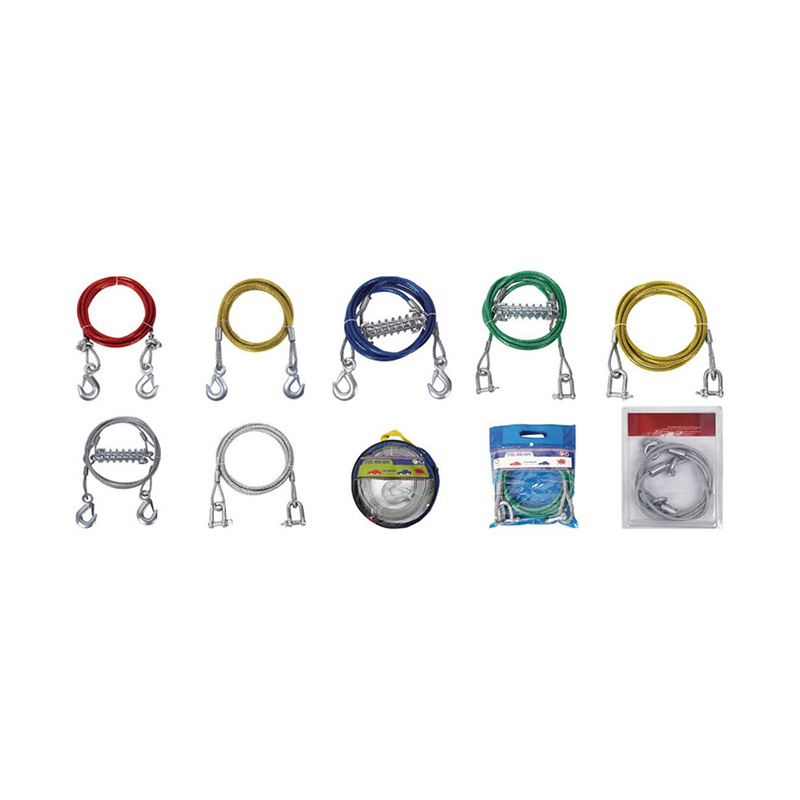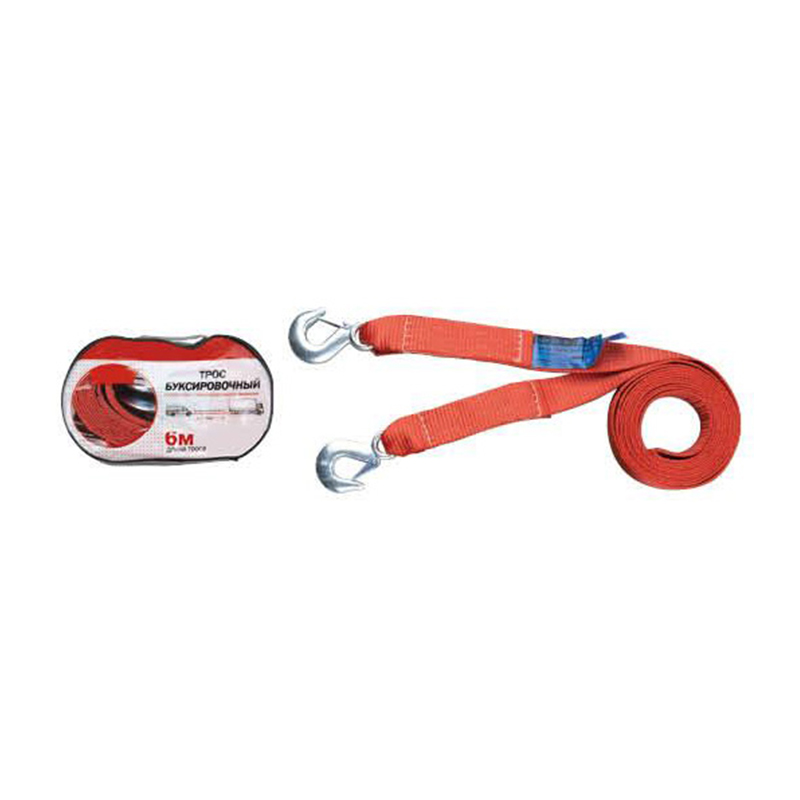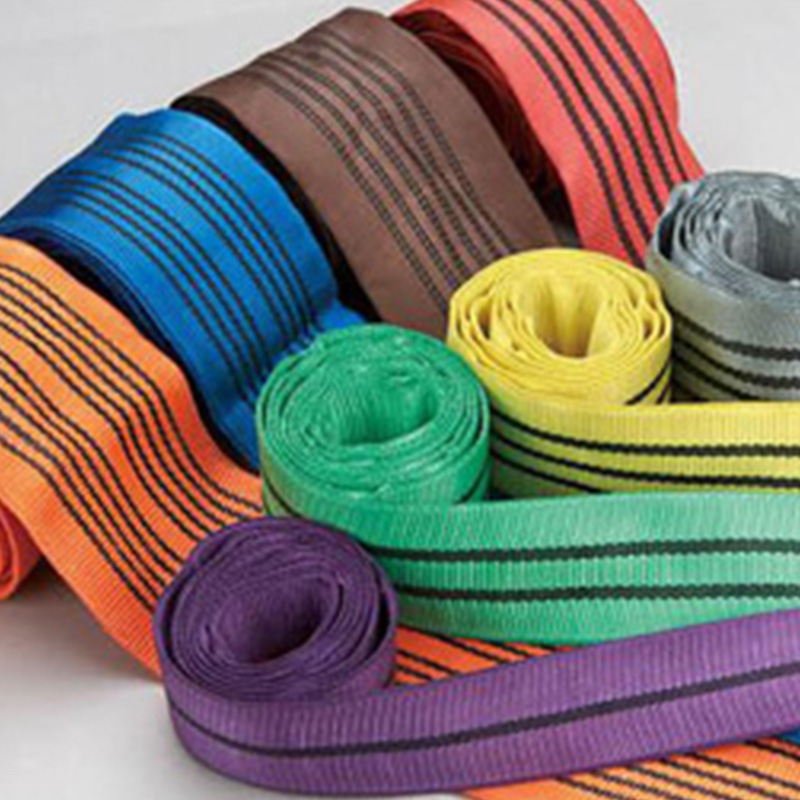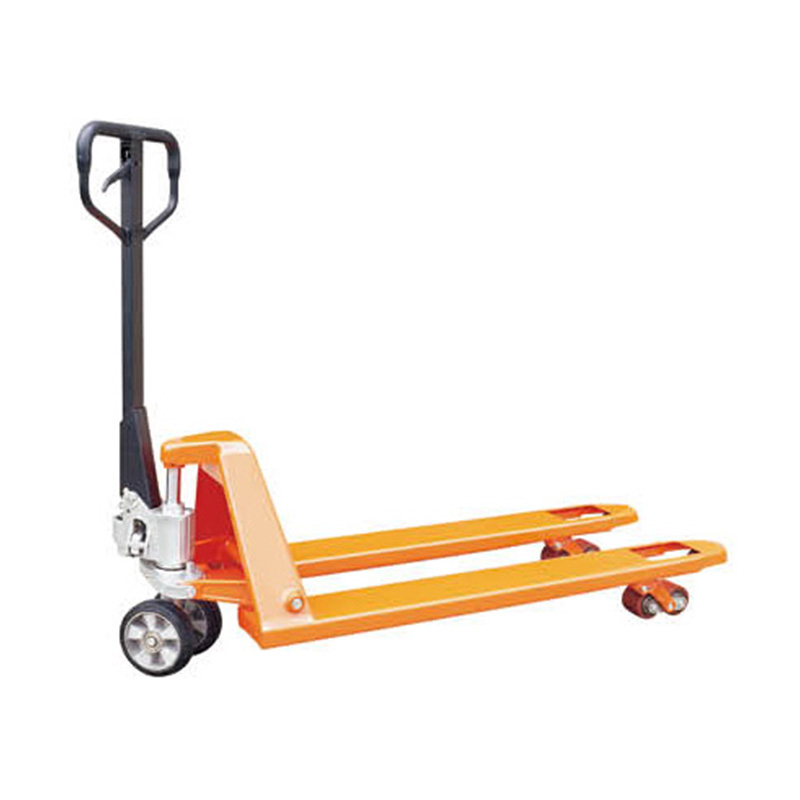Search by posts
Product category
Industry News
 By Admin
By Admin
What Should You Know About Steel Wire Ropes for Industrial and Everyday Applications?
What Are Steel Wire Ropes?
Structure: Multiple Strands of Steel Wires Twisted Into a Rope
Steel wire ropes are made up of multiple individual strands of steel wire that are twisted together to form a strong and flexible rope. The individual wires are made of high-quality steel to provide maximum tensile strength and durability. These strands are helically wound around a core, which serves to hold the wires in place and maintain the structural integrity of the rope. The twisting of the wires into strands and the strands into the final rope creates a high-performance product capable of withstanding heavy loads and extreme conditions.
The construction of steel wire ropes ensures that they are both flexible enough for easy handling and strong enough to support heavy weights. The number of strands and the lay of the twist (right-hand or left-hand) can vary depending on the intended use of the rope, but the overall structure remains consistent for providing maximum strength and flexibility.
Core Types: Fiber Core (FC) vs. Steel Core (IWRC)
The core of a steel wire rope plays a critical role in determining its strength, flexibility, and overall performance. There are two main types of cores used in steel wire ropes:
Fiber Core: The fiber core is made from natural or synthetic fibers, such as sisal, polypropylene, or other composite materials. Fiber cores provide flexibility and are typically used in applications where the rope needs to be more flexible. The fiber core also absorbs and retains lubrication, helping to extend the life of the rope. While fiber cores are more flexible, they are generally less strong than steel cores.
Steel Core: The steel core is made of a bundle of steel wires that are independent of the outer strands of the rope. Steel core ropes are much stronger than fiber core ropes and are used in heavy-duty applications where strength and durability are paramount. The steel core provides additional support and increases the overall strength of the rope, making it ideal for lifting, rigging, and other high-stress applications.
How Construction Affects Flexibility and Strength
The construction of steel wire ropes directly impacts both their flexibility and strength. The number of strands, the type of core, and the lay of the wires all play a role in determining the rope’s ability to handle heavy loads and its flexibility for easy handling.
Flexibility: Ropes with fiber cores tend to be more flexible than those with steel cores. The fiber core allows for more movement between the individual wires, making the rope easier to handle and bend. This flexibility is especially important in applications where the rope needs to pass through pulleys or other tight spaces.
Strength: Steel core ropes are generally stronger than fiber core ropes, making them ideal for heavy-duty applications that require high tensile strength. The independent wire core adds stability and support to the rope, allowing it to bear heavier loads. Additionally, the construction of steel wire ropes with multiple strands and precise twisting ensures that the rope can handle tension, compression, and bending forces without failure.
What Are the Main Types of Steel Wire Ropes?
Galvanized Steel Wire Ropes for Corrosion Resistance
Galvanized steel wire ropes are coated with a layer of zinc to prevent rust and corrosion. This coating provides an extra layer of protection, making galvanized ropes ideal for use in outdoor or marine environments where exposure to moisture and corrosive elements is common. The zinc coating ensures that the rope maintains its strength and durability over time, even in harsh weather conditions.
Stainless Steel Wire Ropes for Marine and Outdoor Use
Stainless steel wire ropes are made from corrosion-resistant steel alloys, typically containing chromium, which gives them excellent resistance to rust and corrosion. These ropes are commonly used in marine applications, such as ship rigging, offshore construction, and other outdoor settings where exposure to saltwater and extreme weather conditions is frequent. Stainless steel ropes maintain their strength and appearance even in the harshest environments, making them ideal for long-lasting use in tough conditions.
Rotation-Resistant and Non-Rotating Ropes for Cranes and Lifts
Rotation-resistant steel wire ropes are designed to prevent the rope from twisting or rotating under load. This type of rope is essential in applications like cranes, lifts, and hoists, where any rotation could result in unsafe conditions or damage to the machinery. These ropes are constructed with a special arrangement of strands that resist rotation, providing additional stability and safety during lifting operations.
Compacted and Plastic-Coated Ropes for Special Applications
Compacted steel wire ropes are made by compressing the strands during production, which increases the rope’s density and improves its strength. These ropes are often used in heavy-duty applications, such as mining, construction, and offshore oil drilling, where high strength and minimal elongation are critical. Additionally, plastic-coated steel wire ropes are used in applications where extra protection against corrosion or abrasion is required. The plastic coating adds a layer of insulation, protects against weathering, and provides additional durability in extreme environments.
Comparison of Steel Wire Rope Types
| Type of Steel Wire Rope | Core Type | Main Features |
| Galvanized Steel Wire Rope | Fiber Core or Steel Core | Corrosion-resistant zinc coating for enhanced durability |
| Stainless Steel Wire Rope | Fiber Core or Steel Core | High resistance to rust and corrosion, ideal for harsh environments |
| Rotation-Resistant Wire Rope | Steel Core | Prevents rope rotation under load, increases safety |
| Compacted Steel Wire Rope | Steel Core | Increased density and strength, reduced elongation |
| Plastic-Coated Steel Wire Rope | Fiber Core or Steel Core | Plastic coating for added protection against corrosion and abrasion |
Steel wire ropes are essential components in a wide range of industrial and commercial applications. The structure, core type, and construction of these ropes determine their flexibility, strength, and suitability for specific uses. Whether galvanized for corrosion resistance, stainless for marine applications, or rotation-resistant for lifting operations, steel wire ropes offer a diverse range of options to meet the demands of various industries. Choosing the right type of rope for your application can significantly improve safety, efficiency, and durability in heavy-duty tasks.
 English
English Español
Español عربى
عربى




